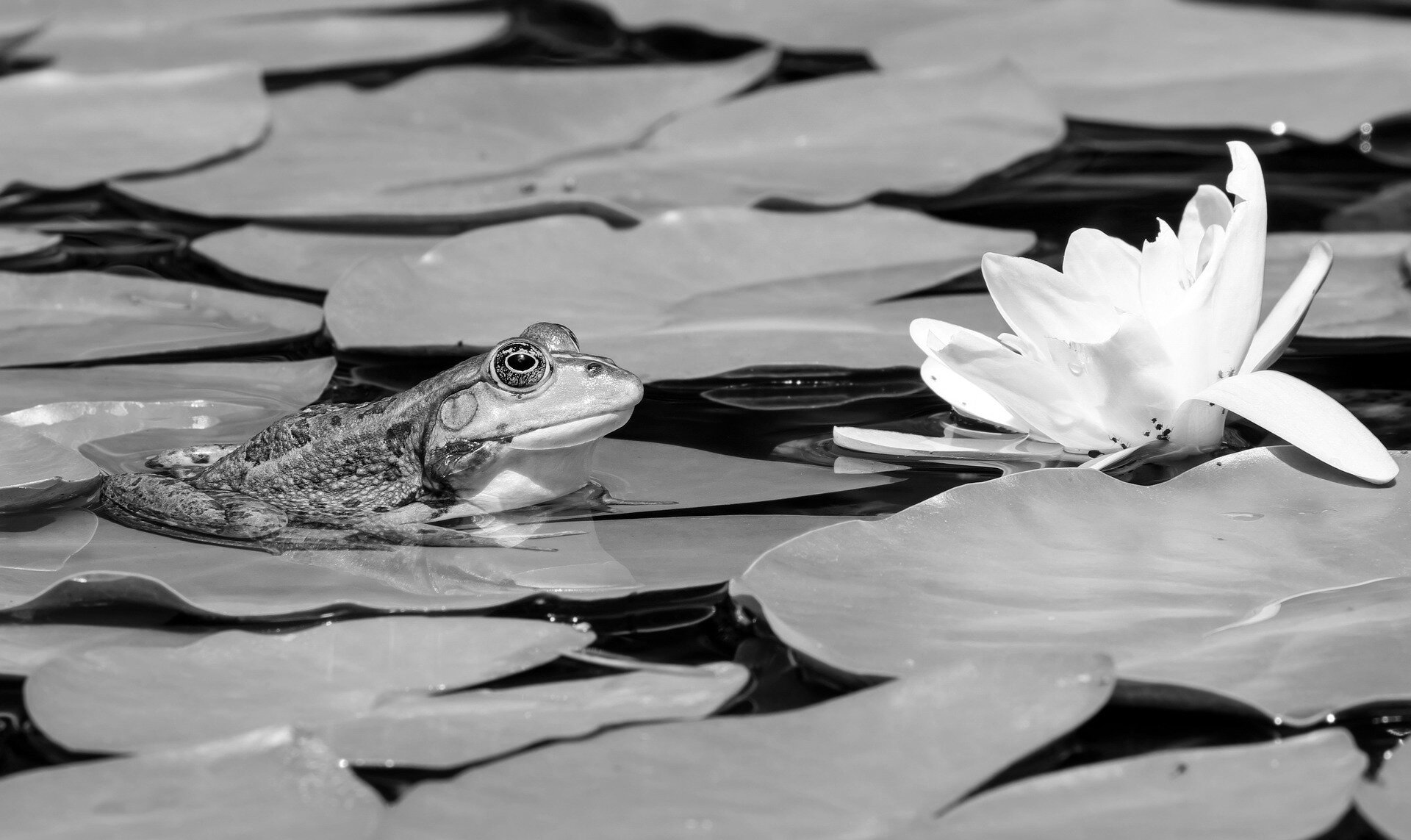Personal Change Does Not Come Easily
The reality of practicing Feldenkrais.
This morning, I think about getting on the floor to do an Awareness Through Movement® lesson. I procrastinate, putter around the house, water plants, respond to emails, make another cup of coffee.
To get to the floor, I have to have a little inner dialogue about how I'm going to meet myself today, the attitude I'm going to have, and how to leave myself alone with my experience. I also have to assess my larger purpose. If I don't, my motivation wanes. (Personally, I hate going through the motions without a larger bucket of meaning to hold my experience.)
I take self-reflection seriously, but that doesn't mean it's any easier or more comfortable. Puttering around the house is a way to numb out, to be in denial. What I'm really avoiding is the experience of being alive. Busyness is a way to feel less present, more caught up in the world. Tasks keep me separate from myself, and if I can't be present to myself, how can I be present to anyone else?
Finally, after a lot of self-talk about giving myself permission to meet myself where I am and some serious diminishing returns on my avoidance behavior, I go upstairs to my Feldenkrais loft and lie on the floor where I think, "Okay, I'll just lie here and just listen. Maybe I won't even move." The New York Times has an article about the virtue of doing nothing saying how restorative it is to “come to a moment with no plan other than just to be.” Oh, the terror of not having a plan!
Yet, that is the space of a Feldenkrais lesson—even one-on-one lessons. We don't impose, restrict, demand, or fix. We just enter the space of connection and see what emerges. We don't even say what Feldenkrais should be or how you should relate to it. My teacher, Dennis Leri, did not tell people what to think about the method, like some teachers do. Some people “teach” what the method means instead of teaching the method and letting students bushwhack their own path to understanding.
For example, I have a client who sees the method as a deep spiritual process, another who sees it as a mechanical fix for kyphosis, another who sees it as a way to unravel a midlife crisis. I see it as a way to stave off existential anxiety because just getting dressed in the morning is an ongoing existential dilemma. (Plus, I can barely remember the difference between the leave-in conditioner that goes in my hair and the lotion that goes on my face, or is it the other way around?) These approaches reflect the people, not the method. If I have an agenda, like, “I'm going to get on the floor and fix my aching hip,” I'll never feel what I'm actually experiencing. I'll be tense in my throat, jaw, eyes, and belly, and I'll try too hard to do the movement sequence and check it off my list. That does not foster personal change.
Fifteen minutes into what turned out to be a pretty weird lesson (see below), I take a breath. The right side of my face feels softer than my left. My right hip and SI joint throb from an old injury, but my right leg feels about two feet longer than my left. My right hip tingles and warms as the blood rushes through. The dog pushes against my right thigh, elongating her spine just as mine settles into the floor.
That is what happened so that is what I needed to learn.
I can't control the outcome of my attention.
If I had tried to control it, I wouldn't have found what I needed to learn. That was the lesson for me in this moment because stillness without agenda is where something happens. Later, I feel parts of my leg I didn't even know were there. It truly seems to sink below the floor. My mind drifts, the lesson finishes and I don't even know it. The funny thing is, you don't need a whole hour to enter this space. A few minutes will do. That is the lesson.
Try this lesson to introduce change:

